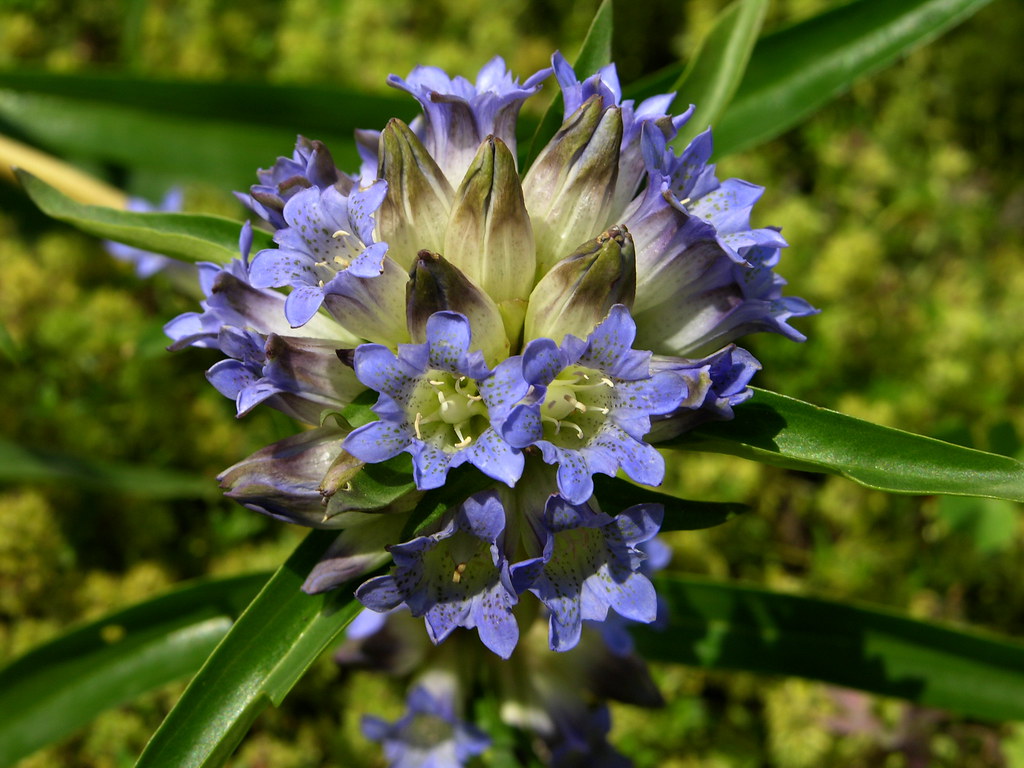Dr Radha gathered medicinal plants and studied them for the presence of phytochemicals, which can be used to treat cancer, cold, fever, migraine, asthma.
“The traditional knowledge of these communities is rapidly eroding as there is no transfer of wisdom across generations. Reason? The younger generation is no longer interested. This is why research and documentation of traditional methods, Himalayan biodiversity, and medicinal plants is essential. They can then be used in sustainable ways for future development in pharma.”
Dr Radha
Assistant Professor of Botany
Shoolini University
Travelling with shepherds from high altitude to mid-altitude to low altitude and staying with ethnic groups to study the medicinal properties of plants and how they could be used to cure diseases this is how Assistant Professor of Botany, Dr Radha, has been conducting research on medicinal plants in the North-Western Himalayan region over the past several years.
She spent several days with different ethnic groups, learning their way of life and how, in the absence of medical facilities in these locations, they healed their cattle and themselves with these therapeutic wild plants. She gathered those plants and researched them for the presence of phytochemicals, which may then be utilised to treat maladies, including cancer, cold, fever, migraine, and asthma.
Many communities, particularly indigenous tribes, still rely almost completely on traditional medical systems to meet their health needs. Since 2016, Dr Radha has been studying the therapeutic worth of wild plants in the unexplored Himalayan region under the supervision of Prof Sunil Puri and Shoolini University Chancellor Prof PK Khosla.
Till now, she has worked on more than 1,600 plants, such as Picrorhiza Kurroa, Gentiana Kurroo, Trillium Govanianum, Hedychium Spicatum. The common names are, Nagchatri, Keedajadi, Kuroo, etc. Due to the medicinal characteristics of these endangered plants, researchers have documented how local groups, particularly indigenous communities, continue to use them in their daily lives.
She said, The traditional knowledge of these communities is rapidly eroding as there is no transfer of wisdom across generations. Reason? The younger generation is no longer interested. This is why research and documentation of traditional methods, Himalayan biodiversity, and medicinal plants is essential. They can then be used in sustainable ways for future development in pharma.
So far, she has registered two patents, 40 copyrights, and 51 research papers, that have been published in Scopus and UGC-listed journals. The study was carried out with the assistance of Dr Manoj Kumar, scientists at the Indian Council of Agricultural Research (ICAR), Mumbai, and in partnership with international researchers from Germany, the United States, Mexico, Russia, Poland, and other nations.
She mentioned, Trillium Govanianum Rhizome, commonly known as Nagchatri, is used as an analgesic and anti-inflammatory remedy in traditional medicine in northern Pakistan. To establish its medicinal value, the present research evaluated the analgesic and anti-inflammatory potential of T Govanianum. Similarly, Picrorhiza Kurroa, an Ayurvedic plant-based medicine, has traditionally been used to treat disorders of the liver and upper respiratory tract, reduce fevers, and to treat dyspepsia, chronic diarrhoea.
